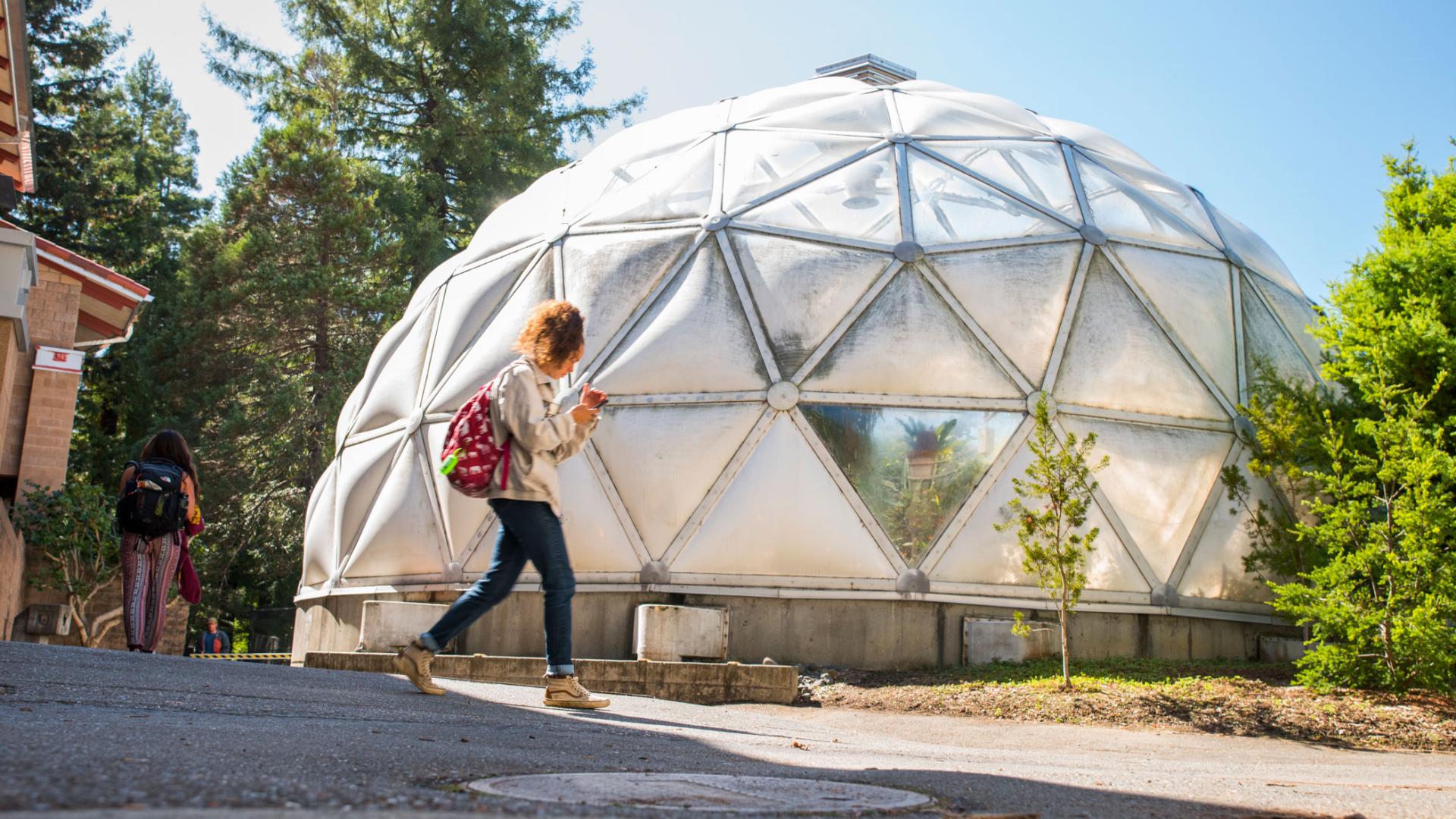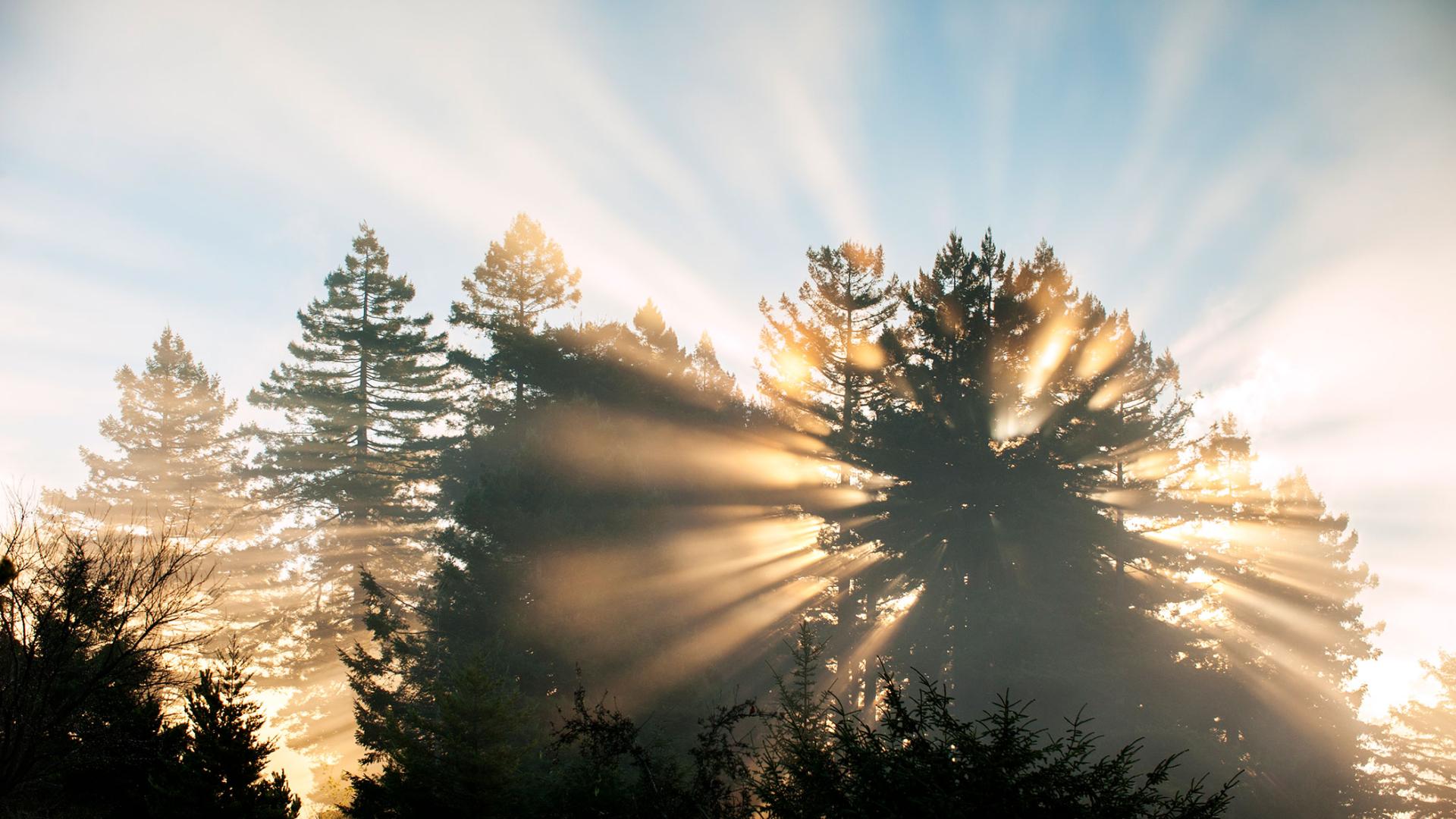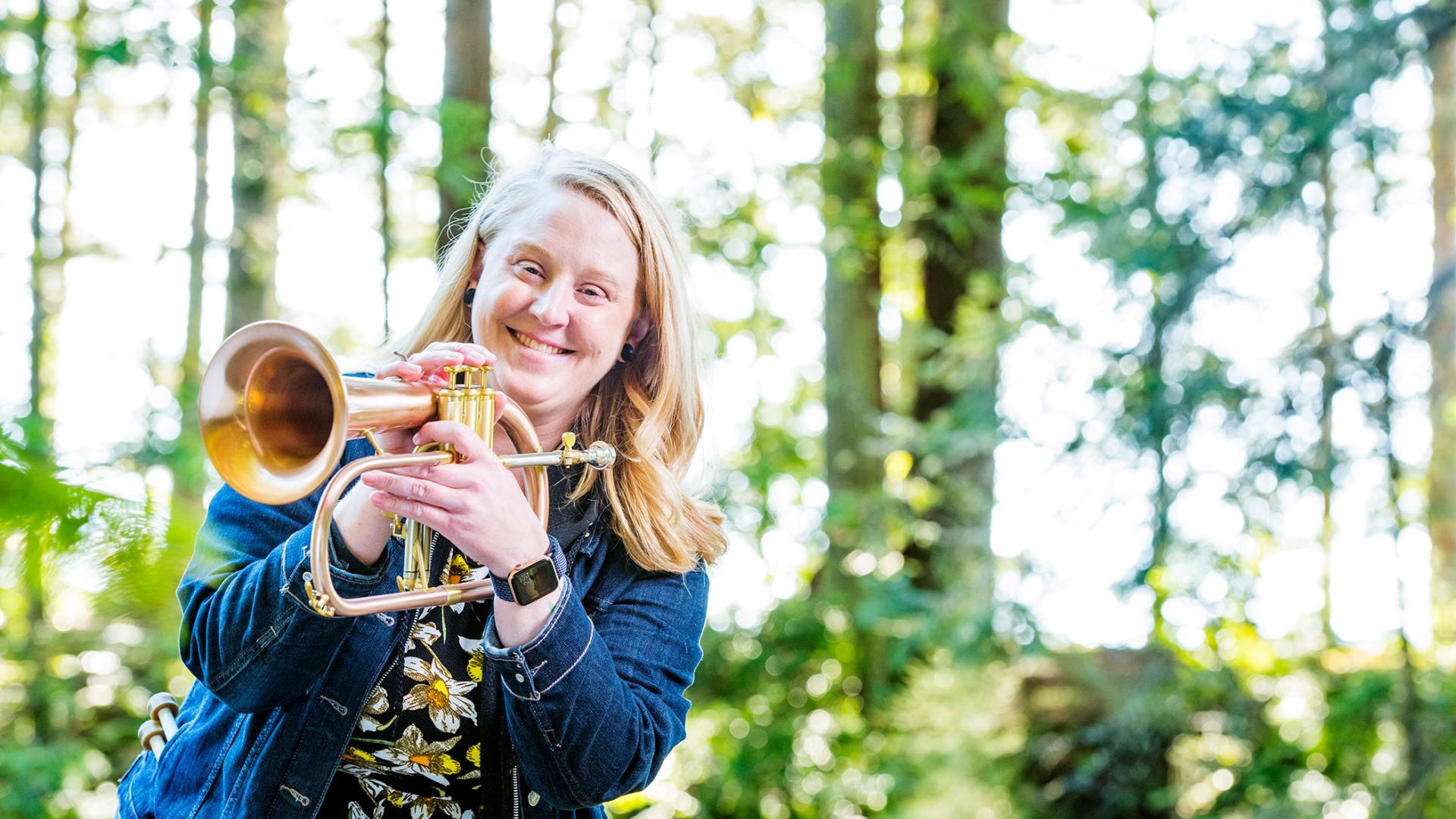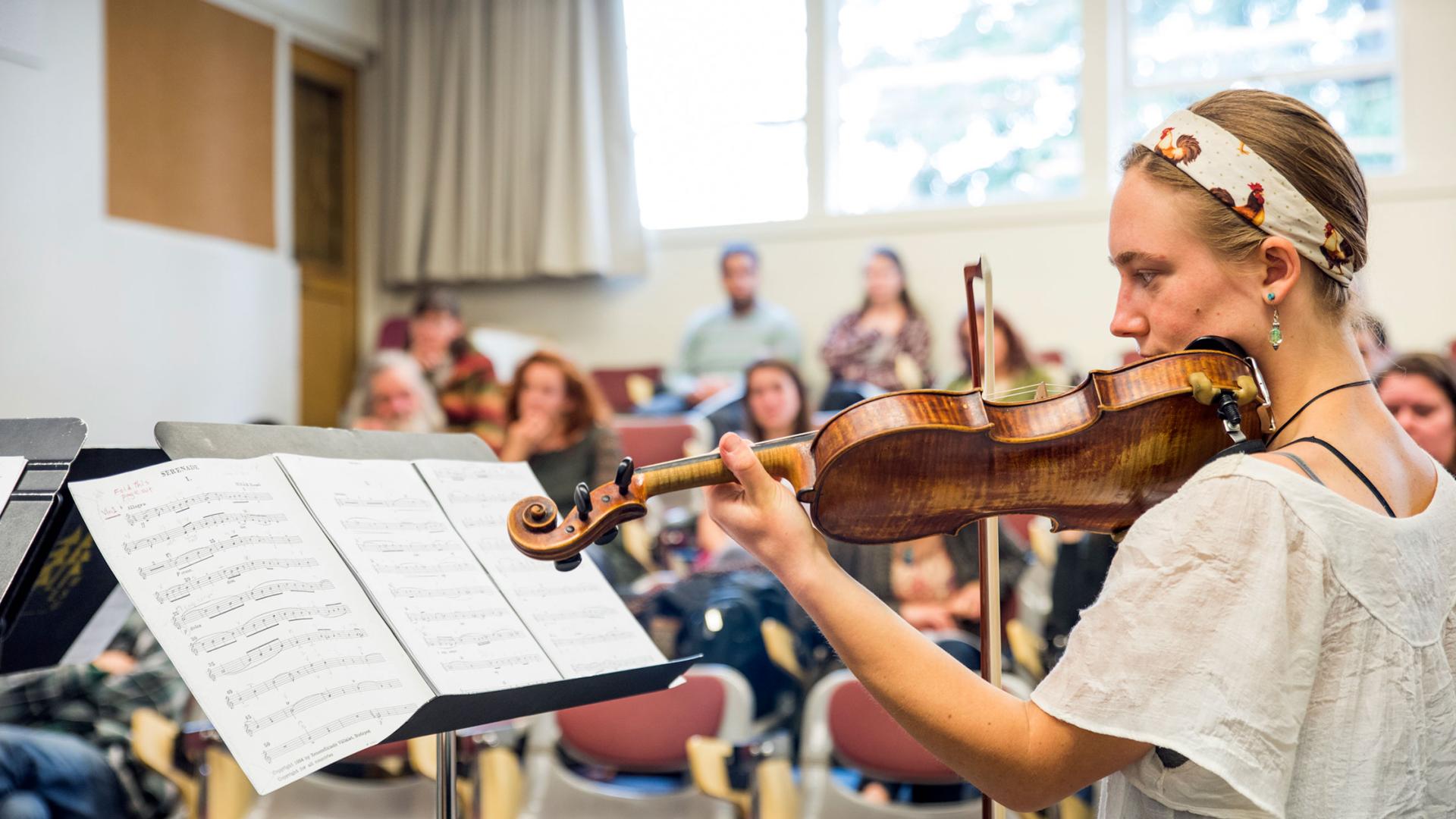Leigh J. Marshall
Breadcrumb
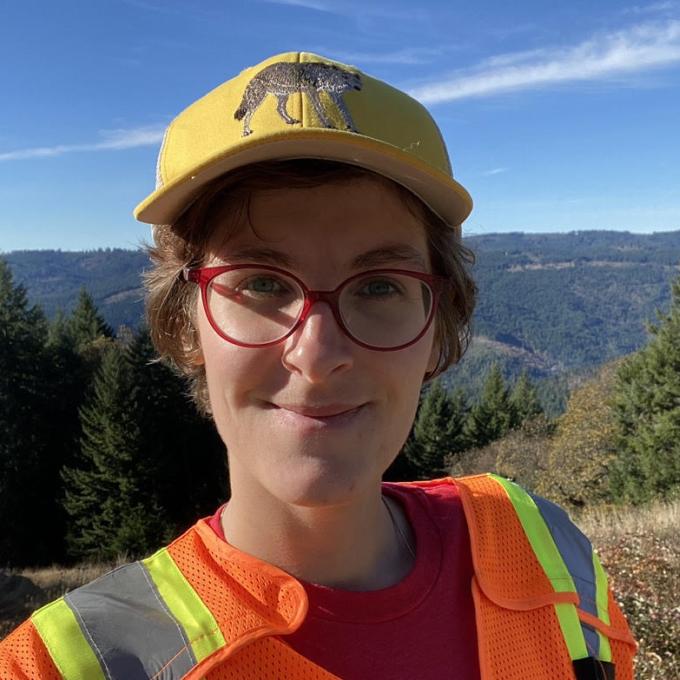
Advisor
Barbara ClucasLeigh J. Marshall, 2021
Thesis:
Leigh used camera traps to survey urban parkland in California’s East Bay Area for mammalian carnivore presence to investigate the potentially additive effects of development, non-consumptive recreation, and invasive vegetation management on spatiotemporal dimensions of carnivore habitat use, apparent disease prevalence, and intraguild competition.
Travis Farwell
Breadcrumb
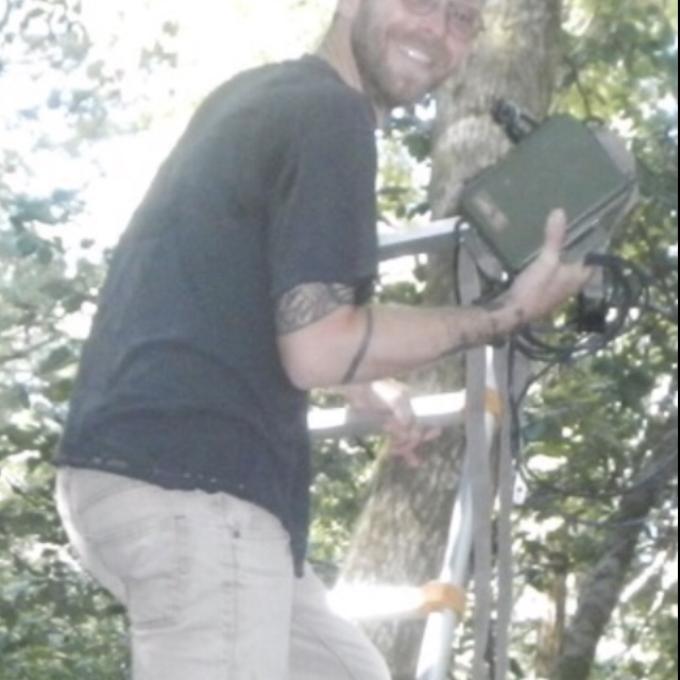
Advisor
Barbara ClucasTravis Farwell, 2022
Thesis:
ABSTRACT: Advancements in bioacoustics field studies have further elucidated spatial, temporal, and behavioral aspects of otherwise-cryptic species, as well as offering insights into species communication. The discovery of high-frequency vocalizations in North American flying squirrels in particular has allowed researchers to use ultrasonic acoustic recorders to detect these cryptic species in the wild. Investigations into vocalizations of northern flying squirrels (Glaucomys sabrinus) and southern flying squirrels (G. volans) have highlighted call type variation between species and the potential use of recorders as a tool to examine vocal activity patterns. However, high-frequency vocalizations had yet to be quantitatively analyzed for the recently discovered Humboldt’s flying squirrel (G. oregonensis). Using ultrasonic acoustic recorders, I recorded flying squirrels in Humboldt and San Bernardino counties, California to: 1) measure and compare call properties and call types of Humboldt’s flying squirrels and the San Bernardino subspecies (G. o. californicus) and test for geographic variation, 2) determine the extent of seasonal variation that exists between call type rates, and 3) test for seasonal differences in their nightly vocal activity patterns within and between counties. I hypothesized that variation in call properties may exist between Humboldt’s flying squirrel and the San Bernardino subspecies, and that nightly call rates and vocal activity patterns would differ between summer and winter. I collected over 27,000 calls from 2018-2021 from different areas in Humboldt and San Bernardino counties and identified four previously described call types in flying squirrels: arcs, upsweeps, chirps, and trills. I found significant geographic variation in arc and trill call types when comparing call properties between counties, but these call properties were not significantly different across areas within each county. Additionally, I found that vocal activity patterns were similar between seasons within each county as well as between counties, but I found significant differences in the timing of call types across seasons within both counties. I also demonstrate the usefulness of ultrasonic recorders as a minimally-invasive tool for surveying for flying squirrels and their potential for assisting in future investigations into the behavior, ecology, and conservation of these enigmatic, forest-dwelling species.
Trinity Smith
Breadcrumb
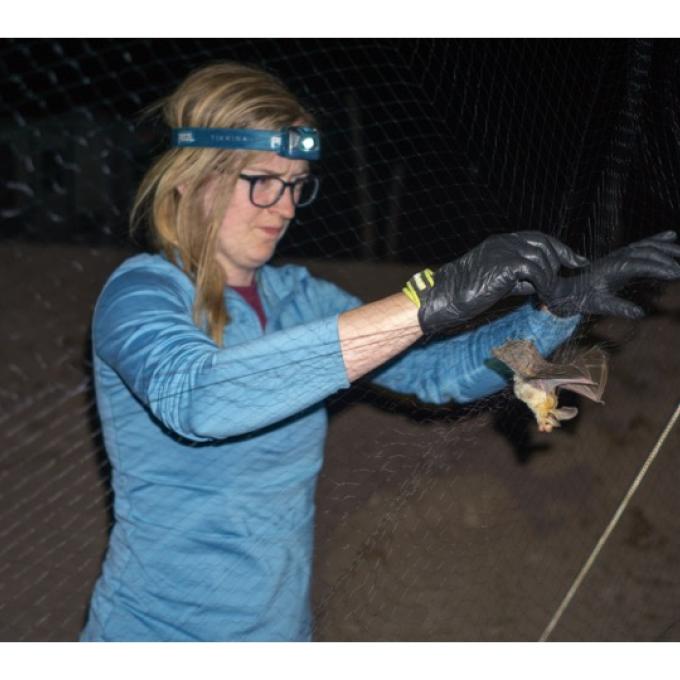
Advisor
Barbara ClucasTrinity Smith, 2019
Thesis:
Molly Parren
Breadcrumb
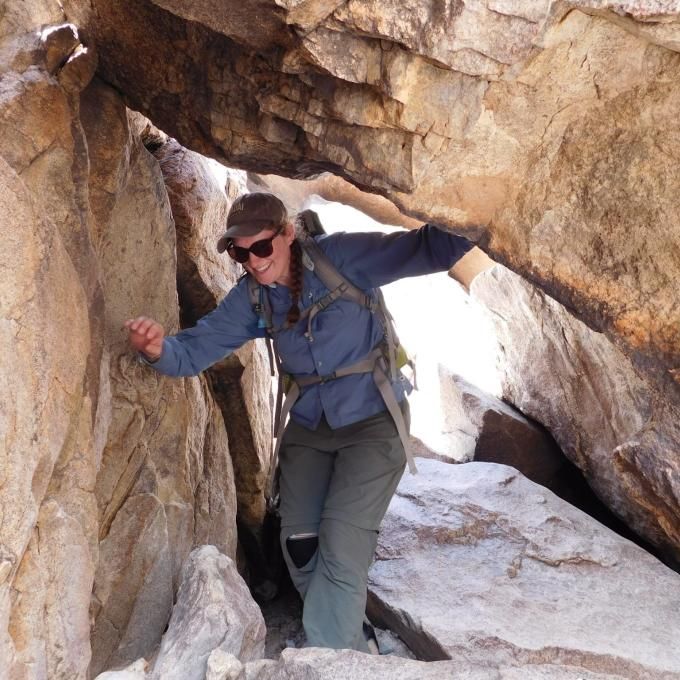
Advisor
Barbara ClucasMolly Parren, 2019
Thesis:
Molly used camera trap data collected at 585 sites in 2016 (drought) and 2017 (post-drought) in both the Central Valley and Mojave Desert of California for her thesis. She examined how drought and co-occurrence with coyotes (Canis latrans) mediate spatial patterns of mesopredator occurrence across a continuum of human disturbance levels in the Central Valley and Mojave Desert of California. Following graduate school, Molly moved back to the East Coast where she is currently a research associate at the American Turtle Observatory working on regional conservation plans for several freshwater turtle species.
Janelle Chojnacki
Breadcrumb
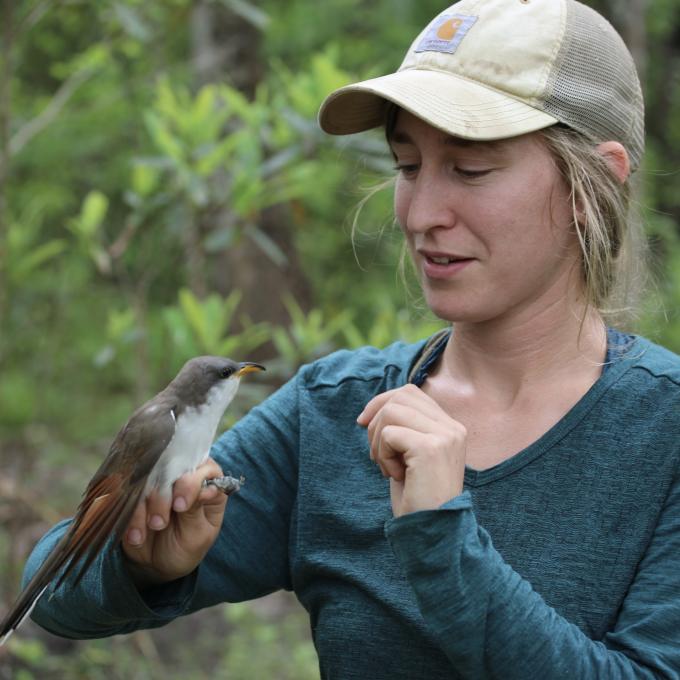
Advisor
Barbara ClucasJanelle Chojnacki, 2024
Thesis:
Leah Temple Roll
Breadcrumb
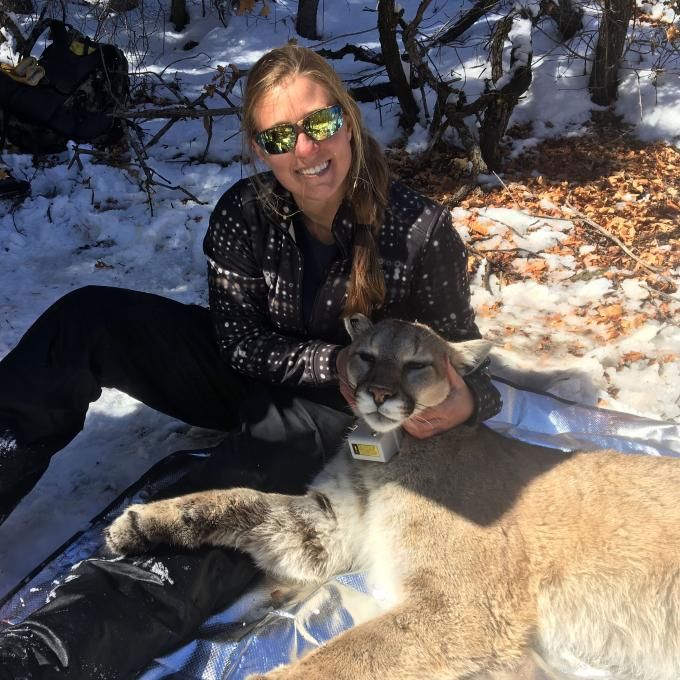
Advisor
Barbara ClucasLeah Temple Roll,
Thesis:Common Raven Abundance in Gunnison Sage Grouse Habitat
Hello! I am from the Western Slope of Colorado, although I have lived all over the West while growing up. Thanks to my parents, my love of science was nurtured from a very young age with nature hikes while camping and experiments at home. I received a B.S. in Biology with a minor in Chemistry from Colorado Mesa University. Since then, I have worked and volunteered all over Colorado on wildlife studies. I started my fieldwork career working for the state’s wildlife agency (Colorado Parks and Wildlife) on multiple management projects and studies focusing on fish, mule deer, elk, desert and Rocky Mountain bighorn sheep, and mountain lion. I most recently worked for the Bureau of Land Management in Colorado monitoring species of special interest, including nesting raptors and Gunnison sage grouse. I am excited to be a student again and conducting my own study on raven abundance in Gunnison sage grouse habitat! I hope to learn skills that will be applicable in whatever I choose to study next, as I find nearly every aspect of the wildlife science discipline fascinating. When I’m not in the field for work, I am generally outdoors exploring with my husband and our two dogs. We can often be found rafting, camping, and hiking the rivers, canyons, and mountains of the Colorado Plateau. I look forward to experiencing northern California and all it has to offer throughout grad school and might get used to the climate… eventually.
Ryan Matilton
Breadcrumb
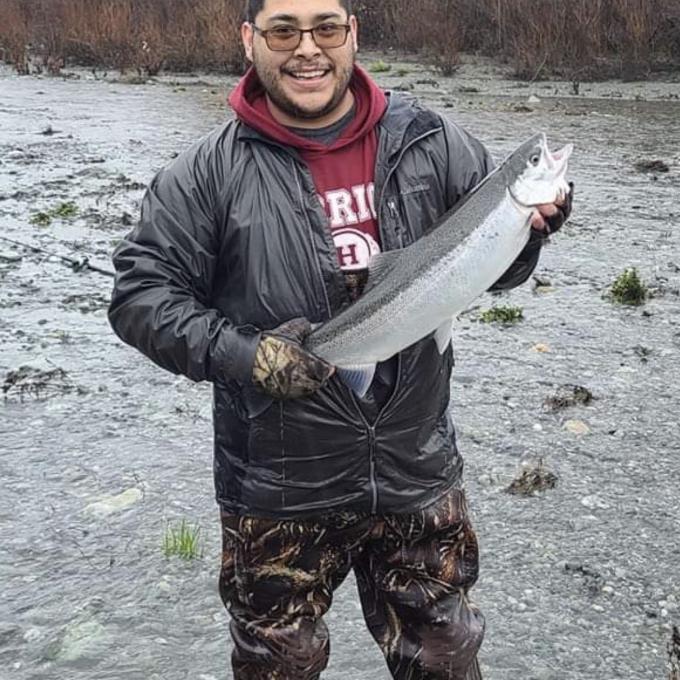
Advisor
Barbara ClucasRyan Matilton,
Thesis:Bat Diversity on the Klamath River
Evan Burnett
Breadcrumb
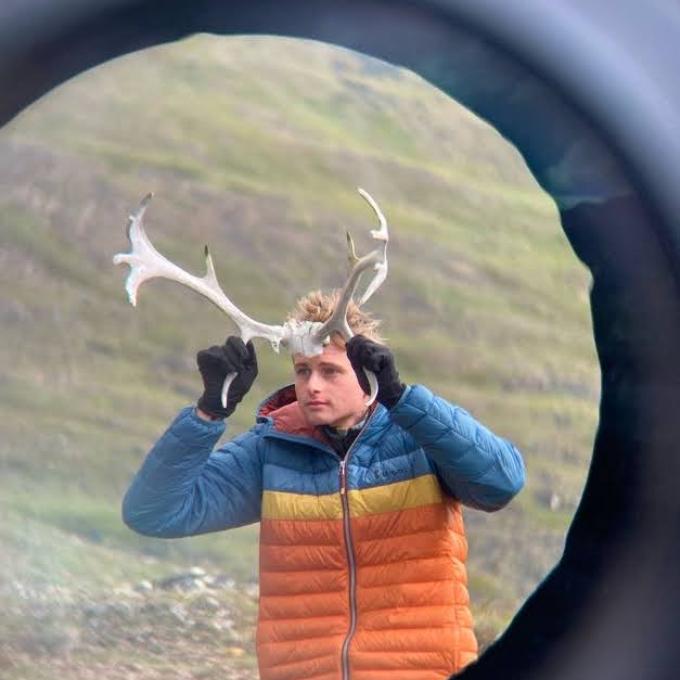
Advisor
Richard BrownTina Giudici
Breadcrumb
Chris West
Breadcrumb

Advisor
Jeff BlackChris West, 2009
Thesis:
Wildlife Biologist, Yurok Tribe, Klamath, CA


